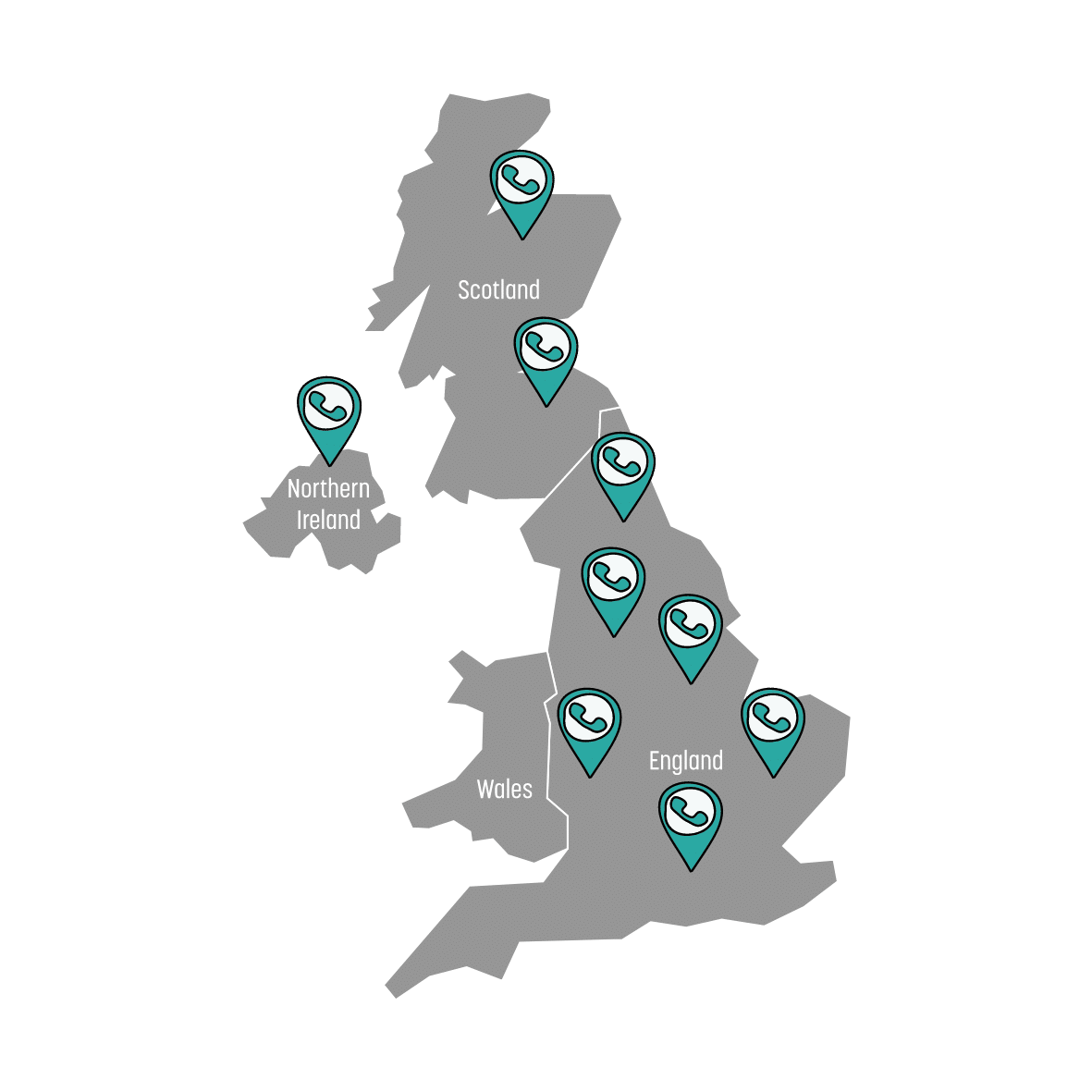The History of Phone Numbers

In today’s world, we often take the convenience of modern technology for granted. Living in the 21st century, we can pluck our phone right out of our pockets and call anyone we wish to, from practically anywhere around the world – in a matter of seconds.
In its initial workings, the telephone was referred to as an “acoustic telegraph”, all with the purpose of important messages, and ultimately speech being transmitted. The first two-way, reciprocal conversation over a telephone line occurred between Cambridge and Boston in the United States, roughly 2.5 miles apart, on October 9, 1876. It was a truly revolutionary finding that completely transformed the way people interact.
Without the contributions and research presented by Alexander Graham Bell, Scottish-born inventor, scientist, and engineer – none of this would have been possible.
In the early days of phone service, you would have to call through an operator in order to reach a particular line.
However, this all changed in the late 19th century due to the outbreak of the measles epidemic. Many phone operators fell ill and weren’t able to work, so the alternative method was to call a person directly via their own unique subscriber number.
Interestingly, the very first telephone number in the world that was accessible to the public was “999”. It was made available in London on the 30th of June 1937 and shortly expanded to the whole country.
Area codes were later introduced in the UK in 1958 when callers were, for the first time ever, able to call another telephone number directly instead of via a manual telephone exchange operator. Over the next 20 years, Subscriber Trunk Dialling (STD codes) were allocated to every exchange in the country until 1979.
From the introduction of the telephone – up until the early 1980s, telephone numbers in most of the UK were usually shown with a written exchange name followed by the subscriber number, e.g. ‘Mallaig 10’ or ‘Aberdeen 43342’. Exchange names were closely tied to the physical location of telephone exchanges, being either the name of a city, town or village or district.
Since the boom of mobile phones and demand for more lines during the age of business networking in the 1980s, the number of lines in use continued to grow, with some areas becoming dreadfully close to full capacity. In the late-1990s, Ofcom raised their concern for a variety of areas, including Brighton, Aberdeen and Derby.
As of 2020, 52 exchanges still have five-digit “subscriber” numbers of which a dozen places also have unusually long STD codes – a real rarity in today’s technological world.
With what we know and are able to achieve now, it’s incredible to think that humanity’s main source of communication all began from an accidental discovery.
Here at Cleartone Communications, we are deeply passionate about making sure you stay connected for the conversations that you care about the most. We are the leading experts in 0800 Numbers and Virtual Phone Numbers and want to ensure you get the correct number for your business.

Want to Know More?
Visit our Virtual Numbers page or Contact Us today!
To keep up to date with our services, follow us on social media:
Check out our Youtube Channel and discover our Business Webinars!

